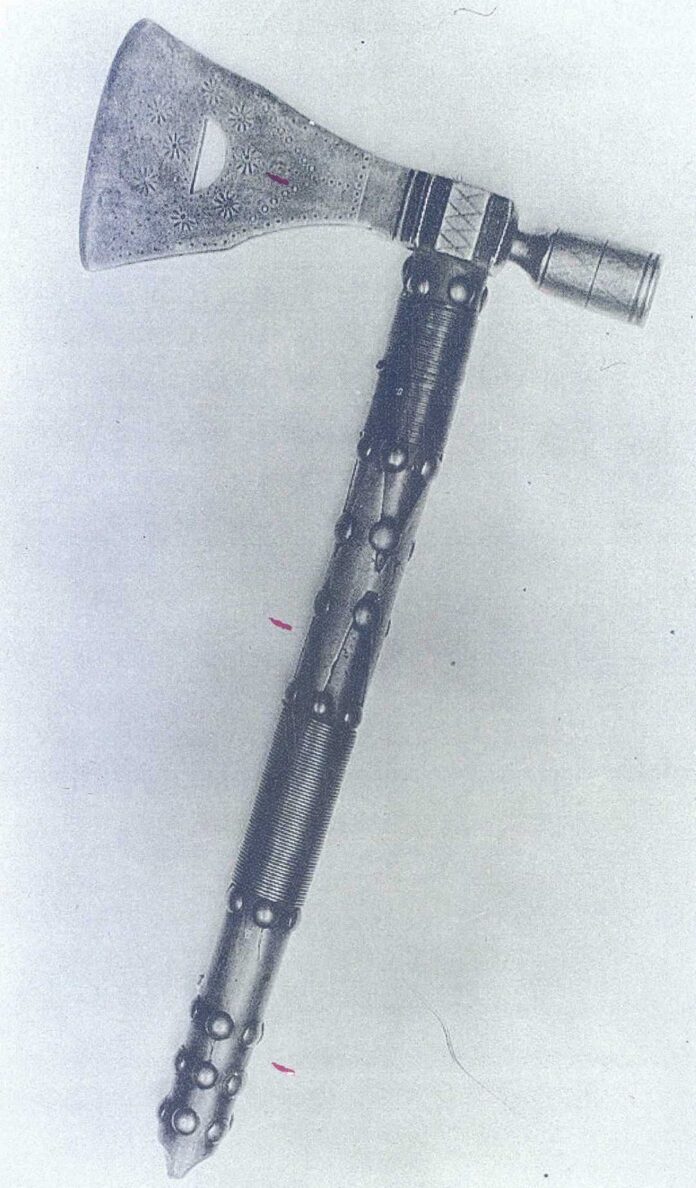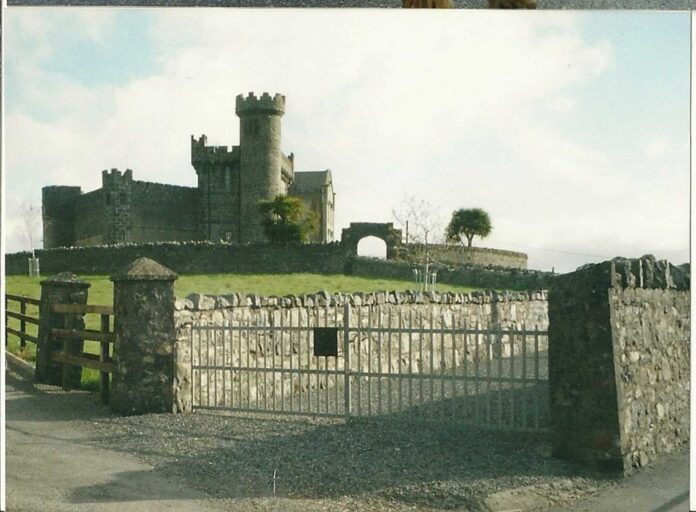The possibility of free Cedar Point tickets took a bunch of local people for a ride March 13. I was among those excited enough to think that Cedar Point was giving away tickets.
The promotion read, “Receive 4 Free Tickets to Cedar Point (Limited Time Only). Cedar Point is currently giving away 4 free tickets to each Facebook user for a limited time!”
It was a two-step process to get the free tickets. First, the Facebook user had to click on the link and share the page. Then, the user had to add a comment like, “Thanks, I love Cedar Point!”
That real-looking promotion caused quite the frenzy with people leaving messages like, “Thanks, I love Cedar Point!” “I have never been to Cedar point and I would LOVE to be able to go.” “THANKS, Cedar Point is awesome.”
I was skeptical, but decided to try it. Who doesn’t want free Cedar Point tickets?
I covered Cedar Point as part of my news beat when I worked as a journalist in Sandusky from 2001-07. It seemed like something Cedar Point might do for its fans, but it seemed unlikely as well.
Tickets to the park aren’t cheap and the promotion made it seem like everyone who shared the link would get four passes.
Well, the thought that “everyone” who shared the link would get tickets quickly faded to realization that “no one” would when I was asked to enter personal information and then taken to a site for unrelated promotions.
I began to suspect a scam, clicked out of the link and warned my sisters, who I had shared the link with.
The nagging thought that this was a scam was confirmed a few hours later when Bryan Edwards, a Cedar Point spokesman and friend, got on my Facebook and confirmed that this promotion was not real.
I followed up for additional details the next day. Edwards said that neither Cedar Point nor its official Facebook page was involved in this promotion.
“My personal Facebook page was lit up yesterday with questions about this (fake) offer,” Edwards said in an email.
Cedar Point tried to combat the unwarranted excitement by posting the following on its page: “There is a current Facebook scam advertising free tickets to Cedar Point. There are no ticket giveaways today. Please do not click or share the link — your account information may be compromised. The only contest we are running is our Climbing to a Million Contest, found within our Official Facebook page. We apologize for the situation and are working on finding a solution.”
Edwards said the best way to know if Cedar Point is doing an actual promotion is to visit www.cedarpoint.com, which has a link to the park’s official Facebook page. If the promotion isn’t there, it isn’t happening.
That leaves one question: “Who’s taking me to Cedar Point?




























